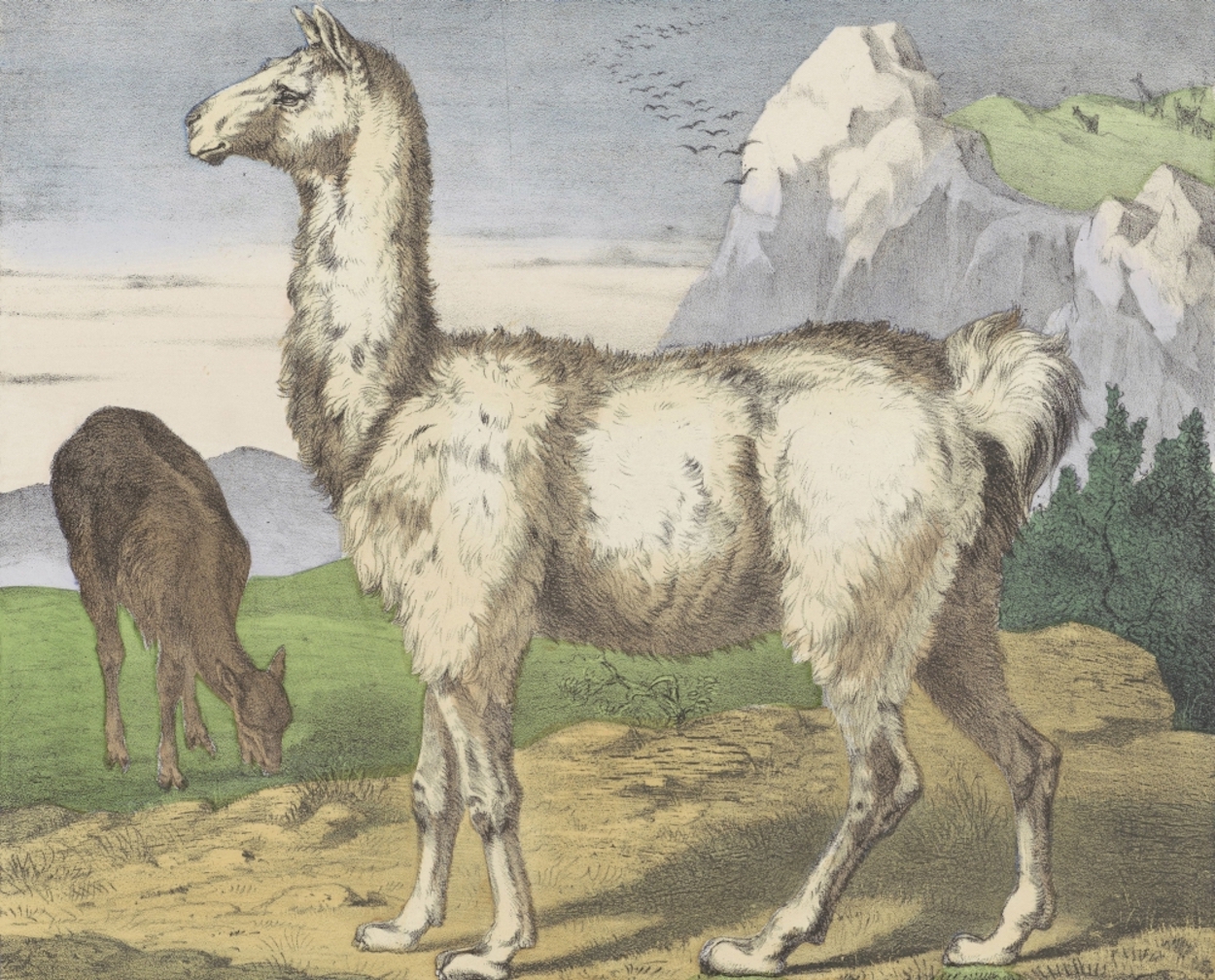Today is Thanksgiving, so on this occasion we have for you a couple of tittle-tattles about turkeys. Domestic turkeys—like the one we see in today's etching, come from the Wild Turkey (Meleagris gallopavo), a species that is native only to the Americas. In the 1500s, Spanish traders brought some that had been domesticated by indigenous Americans to Europe and Asia. The bird reportedly got its common name because it reached European tables through shipping routes that passed through Turkey. On a continent where fine dining still included eating storks, herons, and bustards, the meaty, succulent turkey was a sensation.
Later on, when English settlers came to America, they were amazed to find the same birds running wild and free, and tasting really good thanks to their natural diet of chestnuts, beechnuts, walnuts, and other native nuts. That is probably one of the reasons Ben Franklin wanted the turkey to serve as the national emblem of the USA—it’s a beautiful, genuinely American bird that tastes wonderful and had enormous economic value for the colonists.
P.S. Here's all you need to know about Thanksgiving turkey preparation, complete with pictures, erm, paintings! So, Happy Thanksgiving everyone! And don't forget about opening DailyArt tomorrow, we will have something special for you on Black Friday. : )


 firma Jos. Scholz
firma Jos. Scholz